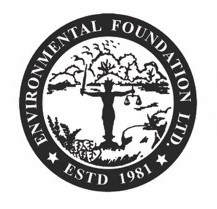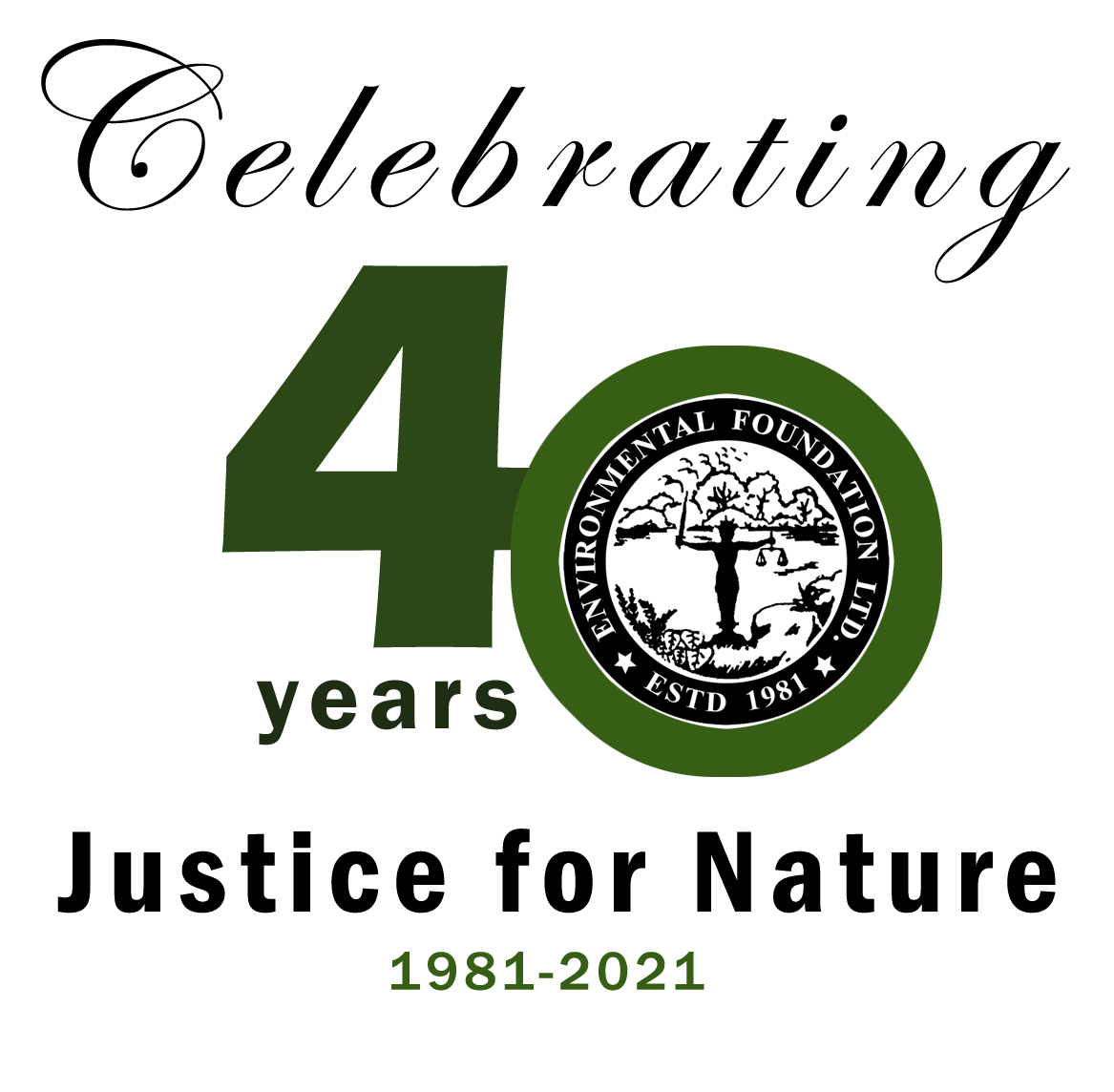Category:Forestry & Biodiversity, Interventions

The Greater Kurunegala Water Supply and Sewerage Project (GKWSSP) implemented by the National Water Supply and Drainage Board (NWSDB) of Sri Lanka received the approval of the Cabinet of Ministers in 2011. The contract was granted to China Machinery and Equipment Import & Export Corporation (CMEC) and the domestic funds were provided by the General Treasury. The objective of this project is to supply drinking water to an estimated 600,000 people living in Kurunegala and manage its sewerage system more effectively.
As there were technical failures of the environmental assessment and improper choice of site for the construction of the weir, the frequency and the volume of existent seasonal flooding of the river chosen had the potential to increase extensively. Due to many concerns pointed out by environmentalists as well as the locals who have been living in the flood prone areas for generations, a team from EFL conducted a site visit in July 2016.
Deduru oya, which flows across Kurunegala, has already been dammed at three locations. Based on the initial observations made, the construction of another weir would only seem to aggravate both conditions above. During the dry months of July-August, some parts of the river, especially downstream of the weirs, do not contain water which causes destruction to the prevailing riverine ecosystem. Aquatic species are unable to survive in such conditions. On the contrary, during the monsoons in November-December, Deduru oya overflows and floods the neighbouring lands to a great extent.
The proposed site for the new weir under the GKWSSP is located at Rantheti Uyana, in-between the Kavisigamuwa and the Bakmeegolla weirs. The water accumulated at Kavisigamuwa is directed to the Bathalagoda tank through a canal while the Kospothu oya flows into Deduru oya ahead of the proposed site of the weir. It was also observed that a flood boundary had been demarcated by the NWSDB in an irrational manner without conducting proper study or consulting the affected residents. The river has a reservation of 66ft from either banks and settlements were observed within and immediately beyond this boundary.
The main concern raised by the community is the risk posed by seasonal flooding. The extraction of water from the river would also result in water shortage for the surrounding villagers as they solely depend on the river for their daily needs.
Continuing correspondence with the community/CBOs of the area, EFL conducted another site visit in January 2017, met the project manager of the GKWSSP and was informed of the model used to design the weir and how they had identified families who were at risk and provided compensation. Furthermore, after analysing the impact of the 2014 flood, significant changes had been made to the weir design, including a reduction in height and an increased width.
According to the State Land Ordinance of Sri Lanka, if a river is more than 22m wide, there should be a reservation of 40m on either side. This prohibits not only any constructions but also prevents potential impacts on nearby communities from hazards such as flooding.
However, since this project provides a solution for the district’s need of water to a large extent benefiting a significant number of people, and as efforts were made to resolve the environmental & social issues that arose during the project implementation stages, further investigation on the matter was terminated.





